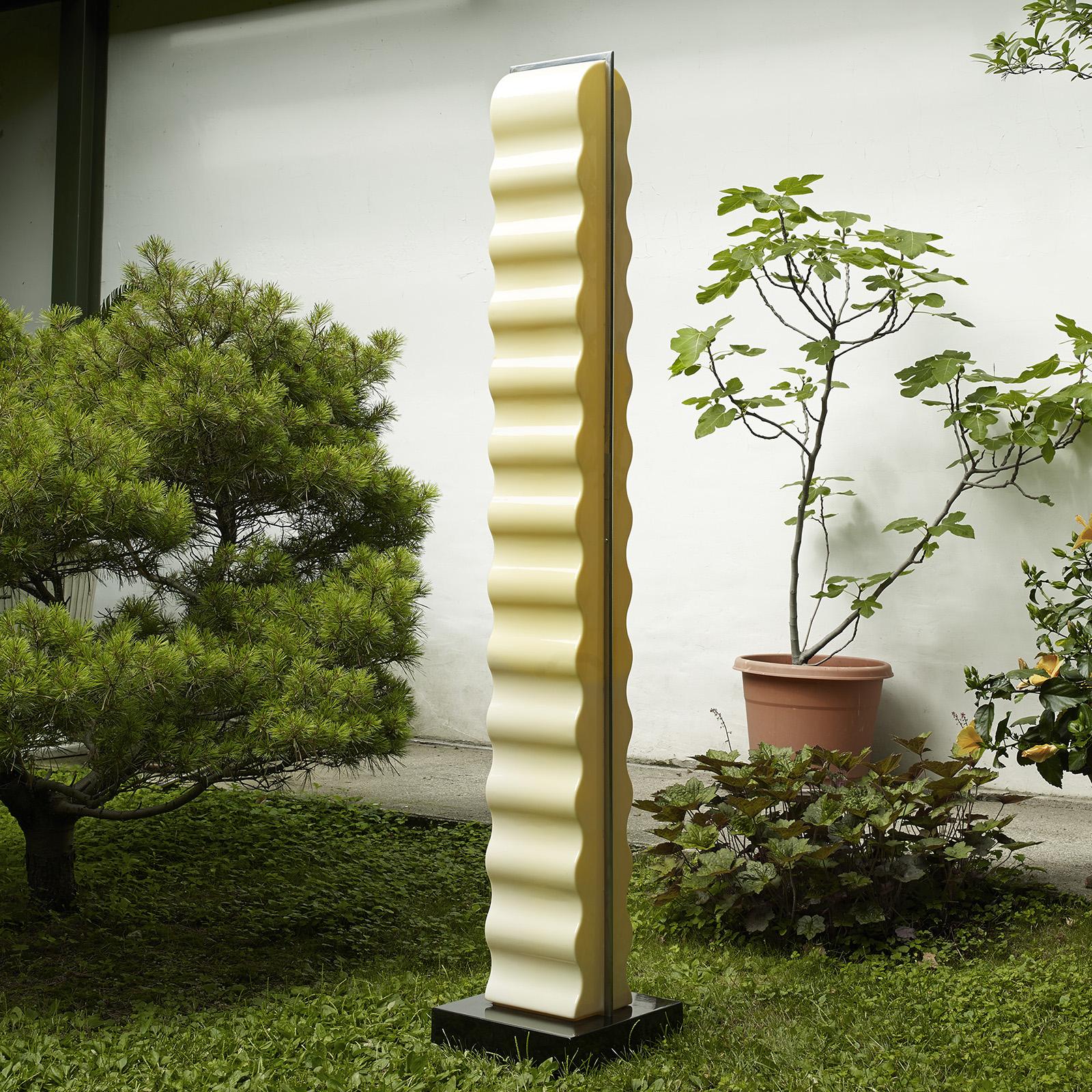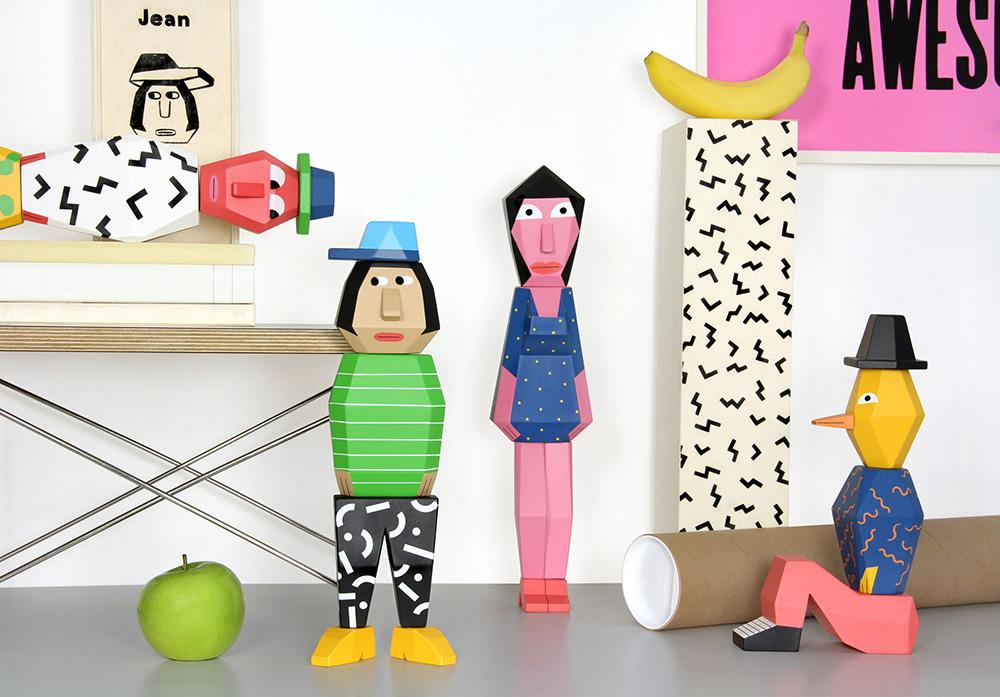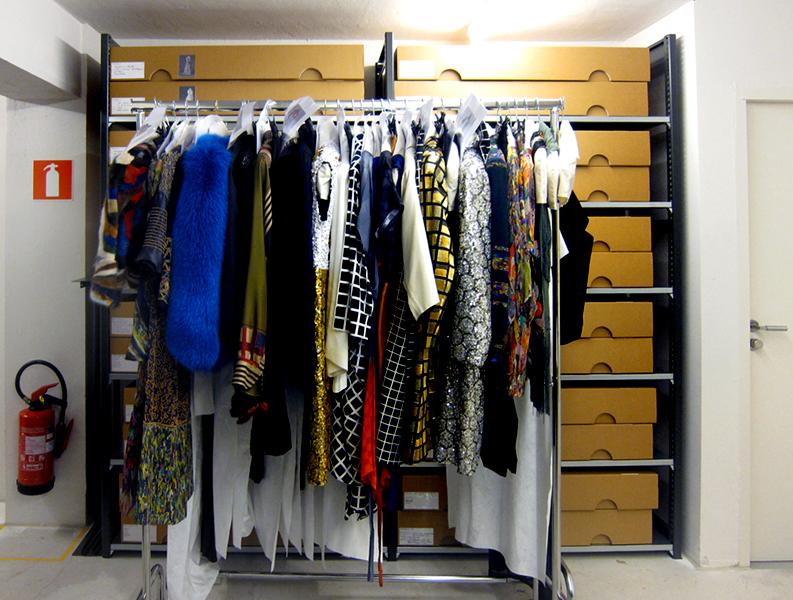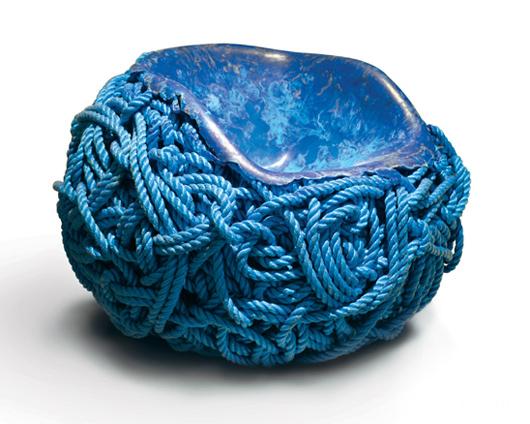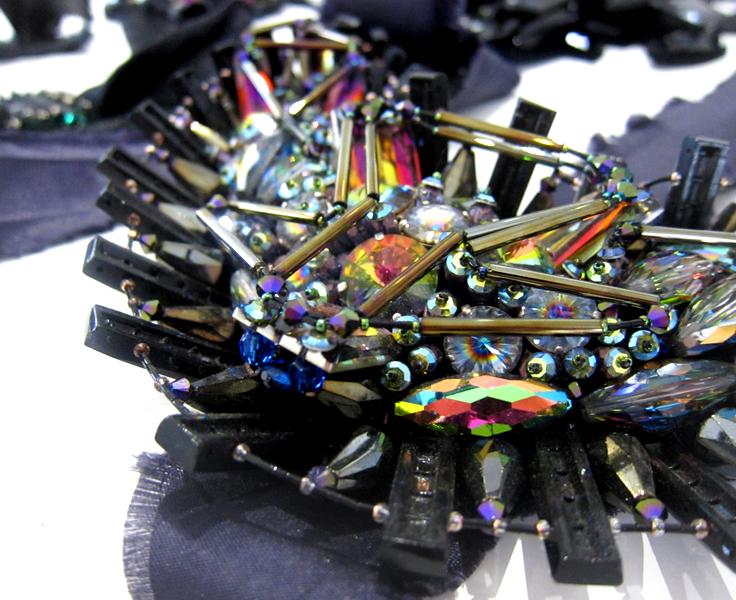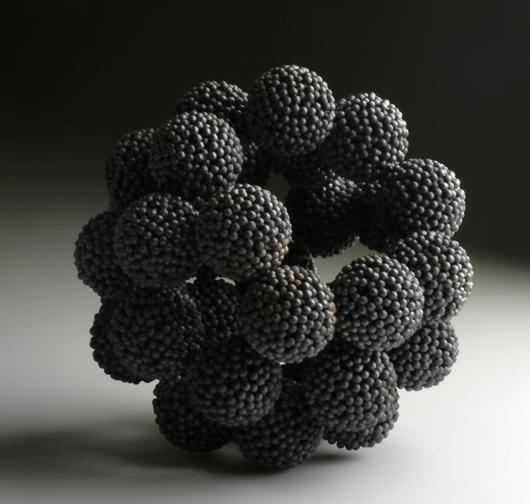Heaven Tanudiredja didn’t have a chance to tidy up the day I visited his Antwerp studio in early February, leaving his desk a maelstrom of beads, tools, and findings, punctuated by the odd Marlboro package. “Cigarettes and Red Bull — this is the real me,” he joked, apologizing for the mess. But to the uninitiated visitor, of course, it was a fascinating sight, a glimpse at the primordial soup that would soon be transformed into Tanudiredja’s ever-more-elaborate fall jewelry collection, which he’ll show this week in Paris. Because everything is made by hand in the studio, his desk is actually a production hub; with his line Heaven now in its ninth season, and his elaborate bead-encrusted necklaces selling for $5,000 at the likes of Barneys New York, Tanudiredja and his three-person team are responsible for churning out upwards of 300 pieces every six months, each of which takes 48 hours of exacting beadwork to construct. Hence the stimulants — not to mention the thick-rimmed glasses he has to wear while working as a consequence of his failing eyesight.
